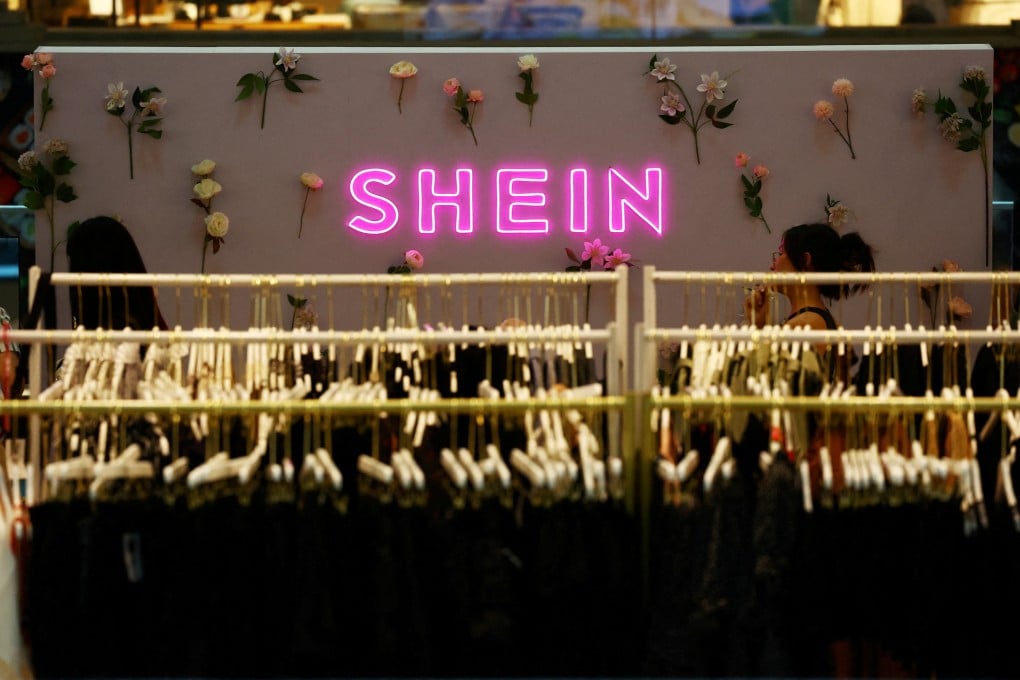How can Shein remain at the top its game? Experts at Bain and Kantar offer a few tips
- ‘An agile supply chain and connected-commerce capabilities are needed to sustain its success in an ever-changing marketplace,’ Bain partner Derek Deng says

Constant innovations to the Chinese-founded online fast-fashion marketplace’s business model and products will be effective in keeping potential rivals at bay, as the company rises to global prominence with its US$5 tops and US$10 dresses.
“An agile supply chain and connected-commerce capabilities are needed to sustain its success in an ever-changing marketplace,” said Derek Deng, a senior Bain partner in Shanghai. “Sustainability can be achieved when the company can create a synergy between its supply chain and its distribution channels to adapt to fast-changing local market needs.”
He added that a stock market listing by the fast-fashion retailer would mean a complete break with the past since Shein has to manage itself as a global brand after the fundraising.
Shein, founded in October 2008 by the publicity-shy entrepreneur Xu Yangtian in Nanjing, capital of eastern Jiangsu province, is pursuing an initial public offering in London that could value the company at more than US$60 billion, according to media reports.
The company operates in about 150 countries, but most of its staff and vendors are in mainland China, including a network of more than 3,000 suppliers in Guangzhou, capital of southern Guangdong province.
Jason Yu, Kantar’s managing director for Greater China, said Shein needs to maintain tighter control of its manufacturing and supply chain to convince investors and clients of its brand power and organisational capability.
